
|
ECGbook.com Making Medical Education Free for All |
Upload ECG for Interpretation |

|
ECGbook.com Making Medical Education Free for All |
Upload ECG for Interpretation |
Home /
Supraventricular tachycardia (SVT), Narrow complex tachycardia



Basic Classification of Tachycardias
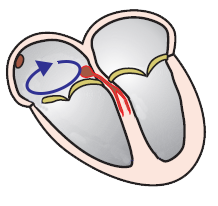

Narrow Complex Tachycardia



Sinus Tachycardia
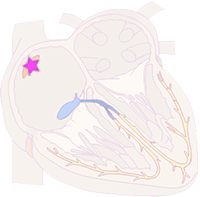

Inappropriate Sinus Tachycardia
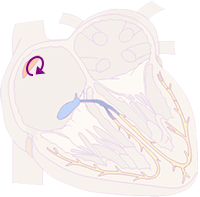

Sinoatrial Nodal Reentry Tachycardia


Atrial Tachycardia
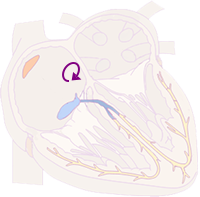

Intra-Atrial Reentrant Tachycardia


Multifocal Atrial Tachycardia
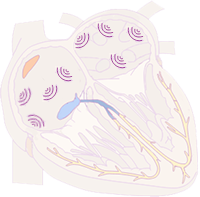

Atrial Fibrillation


Atrial Flutter
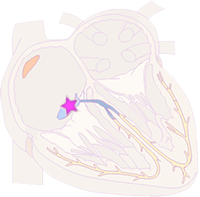

Junctional Tachycardia


Nonparoxysmal Junctional Tachycardia


AV Nodal Reentry Tachycardia (AVNRT)


AV Reentry Tachycardia (AVRT)
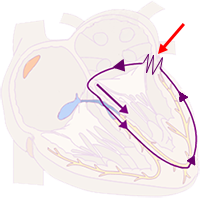

Permanent Junctional Reciprocal Tachycardia (PJRT)
Sources
Home /
Supraventricular tachycardia (SVT), Narrow complex tachycardia
Supraventricular Impulse
|

|
Narrow QRS Complex
|

|

Basic Classification of Tachycardias

|
Narrow Complex Tachycardia
|

|



|
Sinus Tachycardia
|


|
Inappropriate Sinus Tachycardia
|


|
Sinoatrial Nodal Reentry Tachycardia
|


|
Atrial Tachycardia
|


|
Intra-Atrial Reentrant Tachycardia
|


|
Multifocal Atrial Tachycardia
|


|
Atrial Fibrillation
|


|
Atrial Flutter
|


|
Junctional Tachycardia
|


|
Nonparoxysmal Junctional Tachycardia
|


|
AV Nodal Reentry Tachycardia (AVNRT)
|


|
AV Reentry Tachycardia (AVRT)
|


|
Permanent Junctional Reciprocal Tachycardia (PJRT)
|
Sources